The US government has released a comprehensive strategy to accelerate the domestic production of sustainable aviation fuels, initially to deliver 3 billion gallons per year by 2030 and 35 billion gallons by 2050. The ‘Flight Plan for Sustainable Aviation Fuel’ roadmap report sets out a framework for the SAF Grand Challenge, a collaboration between multiple government agencies and the aviation industry to expedite decarbonisation of America’s air transport sector. The roadmap document says SAF presents “a critical near-term solution to reduce greenhouse gas emissions and decouple aviation’s growth from its carbon emissions”. It estimates a 600-fold increase in SAF production by 2030 compared to 2021, with a need for more than 400 biorefineries and 1 billion tons of biomass or gaseous carbon oxide feedstock to meet 2050’s goals. The report’s release coincides with the start of the 41st ICAO Assembly, during which 193 governments are meeting in Montreal to consider formalising a long-term aspirational goal and actions to help decarbonise air transport in which SAF will play a key role.
The SAF Grand Challenge is a collaboration between five US federal agencies – the Departments of Energy, Agriculture and Transportation, plus the Federal Aviation Administration and Environmental Protection Agency – to expand SAF supply and end use, reduce the cost of the fuel and enhance its sustainability. It addresses six ‘farm-to-flight’ action areas – feedstock innovation, conversion technology innovation, building supply chains, policy and valuation analysis, enabling end use, and communicating progress and building support. It stipulates that the 3 billion gallons of SAF produced annually by 2030 must achieve a minimum 50% reduction in lifecycle greenhouse gas emissions compared to conventional fuel, increasing to 100% of projected jet fuel use in 2050.
The strategy was boosted last month when US President Joe Biden, supported by Congress, signed into law the Inflation Reduction Act, which includes initial steps to incentivise aviation and fuel companies to transition towards a low carbon future through measures including a two-year tax credit for SAF blending, a three-year tax credit for SAF production and a $290 million, four-year grant programme for projects that produce, transport, blend or store SAF, or develop, demonstrate or apply low-emission technologies for aviation. To be eligible, the SAF must at least halve lifecycle greenhouse gas emissions compared to conventional fuel. The tax credits begin at $1.25 per gallon of neat SAF, increasing with each percentage point of lifecycle emissions performance to a maximum concession of $1.75 per gallon.
“The aviation sector is an important contributor to the American economy, but a significant source of greenhouse gas emissions,” says the roadmap report. “Aviation generates approximately 2% of US human-made carbon dioxide (CO2) emissions and contributes additional global warming impacts through high-altitude nitrogen oxide emissions and aviation-induced cloudiness.” The report says US commercial aviation drives around 6% of the nation’s gross domestic product and just under 7% of employment, but consumes about 10% of America’s transportation energy. In 2019, preceding the Covid pandemic, jet fuel uplift in the US was approximately 23 billion gallons. It is forecast to rise to 34 billion gallons by 2050.
The report says development of innovative technologies to produce SAF will position the US as a global leader in the emerging market for these fuels and enable the country to meet its domestic goals to help mitigate the impacts of climate change. These actions also will give the US potential to export SAF technology and fuels, assisting other countries to meet their own targets to decarbonise air transport, and progressing global efforts.
“Meeting the two SAF Grand Challenge goals of 3 billion gallons of SAF per year by 2030 and 35 billion gallons of SAF per year by 2050 will require sets of activities that differ in focus to impact the two different periods,” observes the report.
“Given the limited time – less than eight years – to meet the 2030 goal, and considering the time required for SAF production infrastructure to be built, the path to meeting the 2030 goals requires an immediate focus on commercially-ready conversion technologies and feedstocks. Lipid-based pathways (fats, oils and greases) are expected to be the primary fuel pathway leading up to 2030, with a smaller contribution from waste, forest and agricultural residue, and alcohol pathways.
“The path to meet the goals beyond 2030 to 2050 requires a continuing focus on supporting ongoing innovation, including research, development and demonstration (RD&D) of new feedstock and conversion technologies with potential for exponential growth in production capacity, greater emissions reductions, and reductions in cost of production and carbon intensity after 2030. Technologies in this portfolio are expected to result in a dramatic buildout and expansion of alcohol, waste-based, lignocellulosic, and waste and captured carbon gas pathways.”
The report says that in 2021, the US produced about 5 million gallons of SAF, and highlights the extraordinary growth and work needed to meet the steep targets of the SAF Grand Challenge.
“Going from 5 million to 3 billion gallons per year by 2030 is a 600-fold increase that requires a 122% year-over-year growth in production to 2030,” it calculates. “It is critical this growth starts immediately. Robust federal support for commercially-proven technology pathways is necessary to achieve this growth. The US airline industry has committed to work with the federal government and other stakeholders to make 3 billion gallons per year of cost-effective SAF available to US aircraft operators in 2030.
“At the same time and in parallel, the foundation must be set to achieve the longer-term 2050 goal. More than 400 biorefineries and 1 billion tons of biomass and/or gaseous carbon oxide feedstock will be needed to produce 35 billion gallons per year by 2050.”
The roadmap emphasises that no other low-or-no emission energy source can currently, or in the immediate future, match the energy density of SAF. “To understand the energy needs of aviation, it helps to consider that at take-off, the jet engines of a Boeing 777 widebody jet are generating power levels comparable to a small nuclear reactor, around 130 MW. Energy sources other than liquid hydrocarbon jet fuels, such as battery technologies and hydrogen, will thus be limited in the near and medium term to small aircraft flying short ranges, and are not expected to contribute to substantially reducing aviation emissions until after 2050.
“This makes widescale production and use of SAF the highest impact near-term strategy for significantly reducing aviation emissions and achieving the nation’s net zero emissions goals for aviation by 2050.”
Commenting on the release of the roadmap, US Secretary of Transportation Pete Buttigieg said: “Transportation contributes more carbon emissions than any other sector, which means it must also be a central part of the solution to climate change, and that certainly includes aviation. We look forward to working with our partners in the public and private sectors on the Sustainable Aviation Fuel Grand Challenge, which will lead to cleaner skies, continued economic growth and good-paying jobs.”
The SAF roadmap is expected to be updated at least every two years to assess and redirect activities as necessary to reflect changes in technology, markets and political factors.
Photo: United Airlines


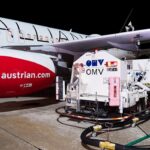

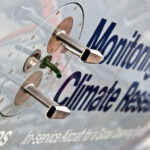



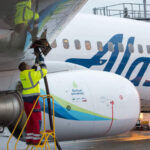
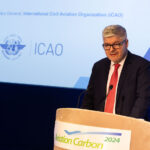

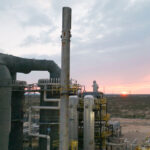

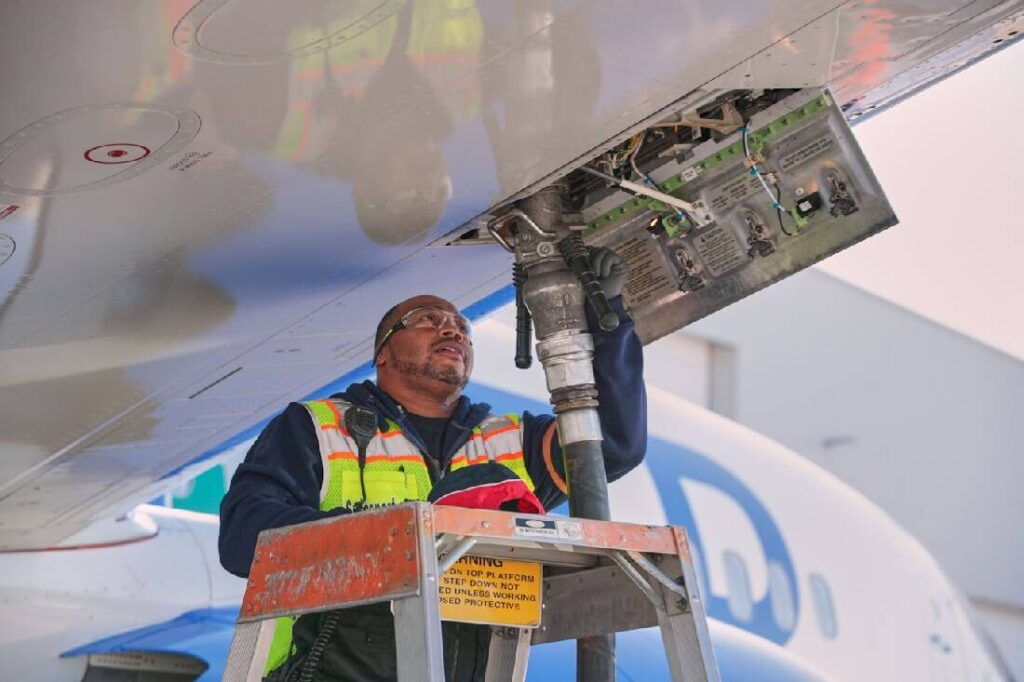

More News & Features
Progress on decarbonising the airline sector has been slow this year, says IATA chief
EASA releases status report on Europe’s SAF production and readiness to meet blending targets
Carbon reduction consultancy Watershed facilitates SAF certificate deals through SABA
New partnerships formed to drive e-SAF production in Nordic markets
IAG continues to go big on e-SAF as it inks 10-year offtake agreement with Infinium
US on the pathway to achieving its 2030 SAF Grand Challenge target, says DOE report